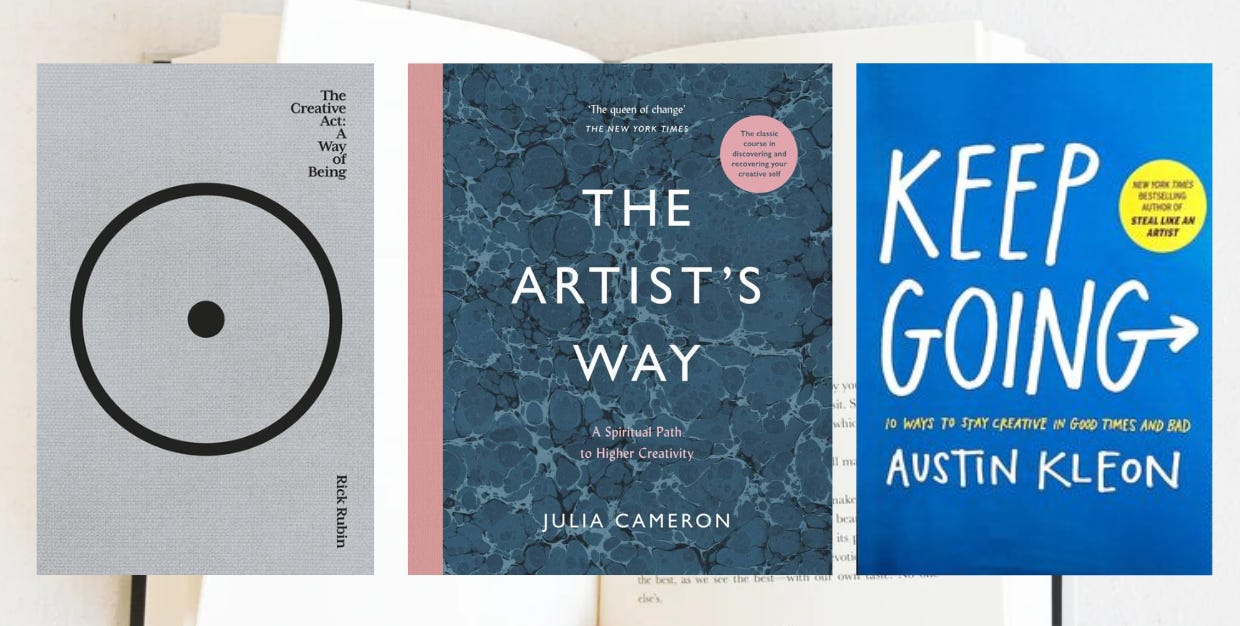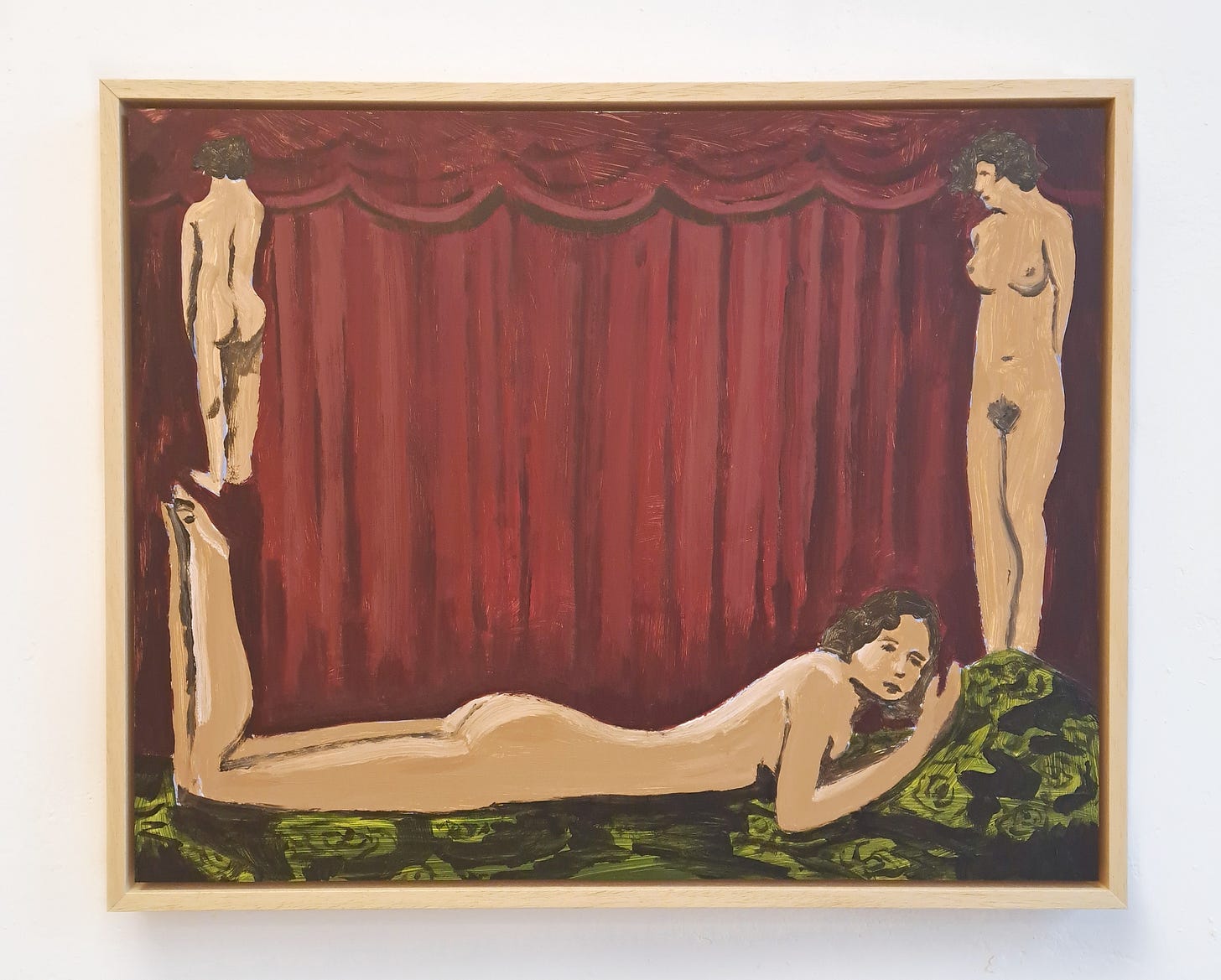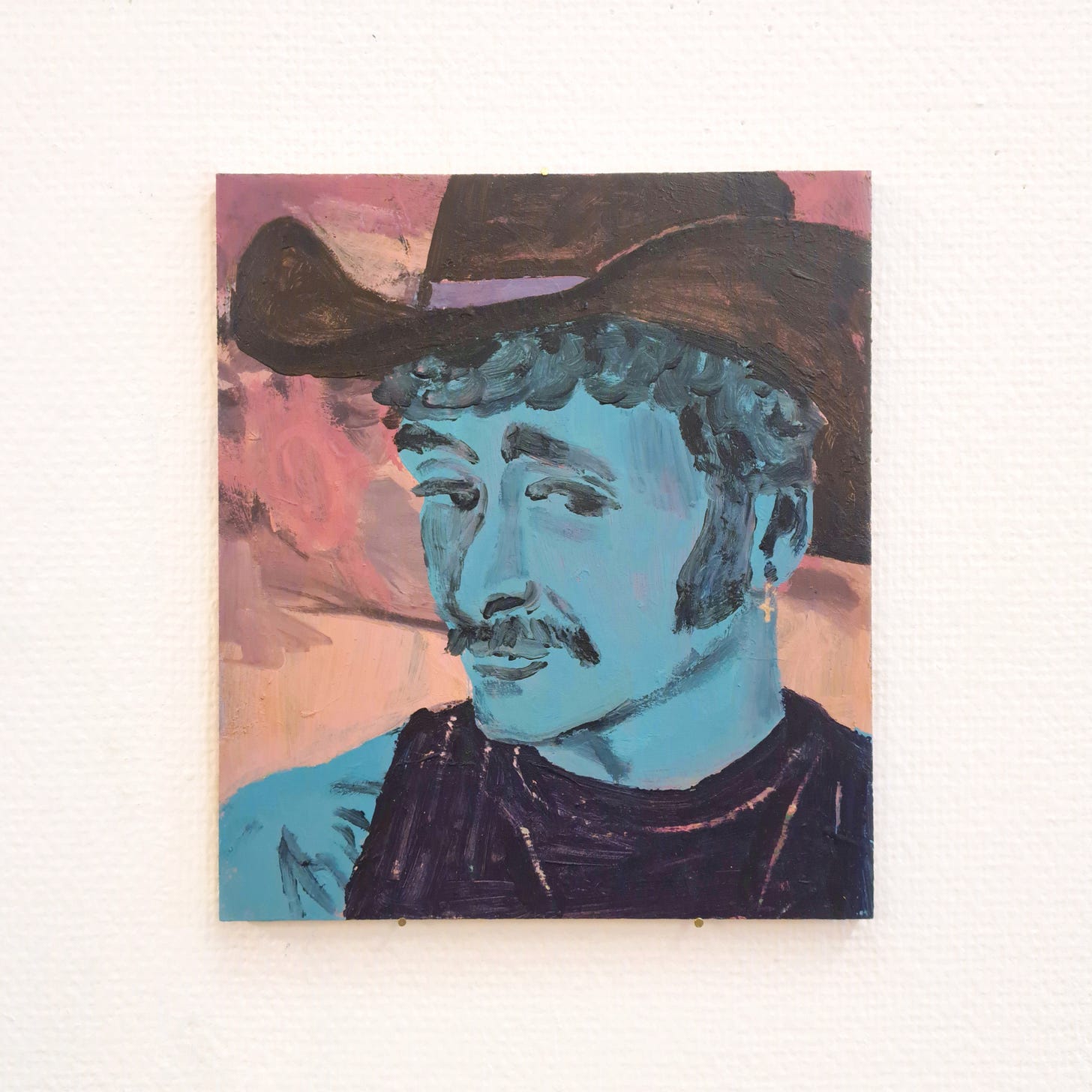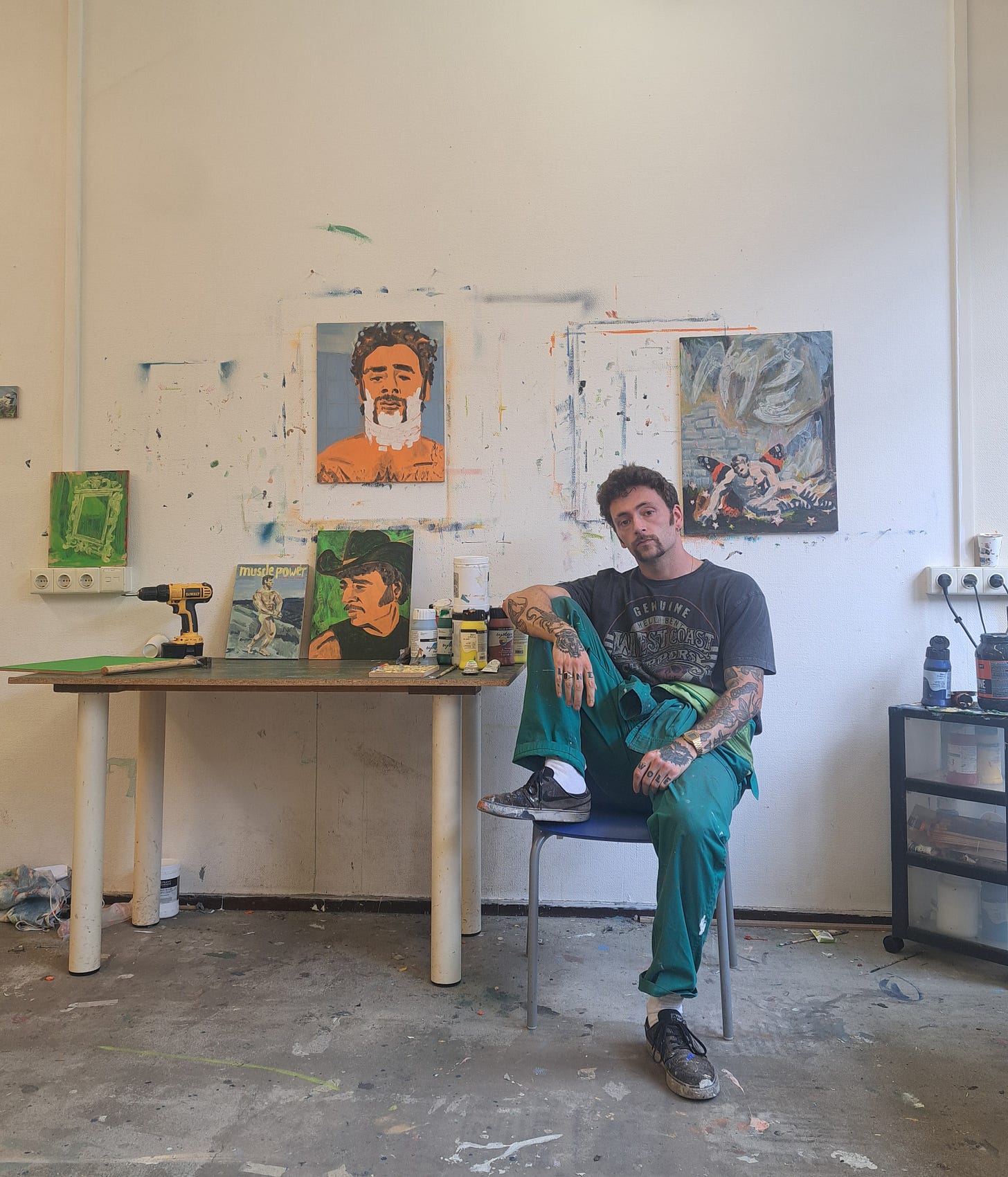How to find inspiration: insights and an artist perspective
Including a statement by Dutch artist, Bas Schippers
“In terms of priority, inspiration comes first. You come next. The audience comes last.”
Rick Rubin, The Creative Act: A Way of Being
Inspiration can sometimes feel out of reach, like a spark that refuses to ignite no matter how hard we try. We've all found ourselves typing "How do I get inspired?" into Google, only to be met with an overwhelming mix of advice (that often contradicts itself).
The truth is, inspiration isn’t something you can summon on command, but you can create the right conditions to encourage it.
You see, at its core, finding inspiration is an active process. More often than not, inspiration is born out of creation rather than the other way around. Other times, it comes from simply paying closer attention to the world around you.
There’s no shortage of artists and creatives sharing their methods for sparking new ideas. I’ve read through many of them – including ones from Isaac Julien, Malti B Lee, and Damian Osborne – and in this text, I’ve gathered some of the most valuable insights.
I have also spoken with Dutch artist Bas Schippers (scroll to the end of the piece to read what he has to say about finding inspiration).
Inspiration as a practice
The main lesson I’ve learned in my "How to Find Inspiration" research is that inspiration isn’t something that just happens to you: it requires effort and action.
You need to push through the mental resistance by committing to creating something – anything!
Don’t wait for the perfect idea to show up: start with what you have. Not everything you create needs to be a masterpiece. Most times, inspiration comes from playing around: sketching, improvising origami, mixing leftover colors in your palette, and other non-committal activities.
“In filling the well, think magic. Think delight. Think fun. Do not think duty. Do not do what you should do—spiritual sit-ups like reading a dull but recommended critical text. Do what intrigues you, explore what interests you; think mystery, not mastery.”
Julia Cameron, The Artist's Way: A Spiritual Path to Higher Creativity
Many creatives recommend taking 10 to 15 minutes each day to just create something. So, pick up a new medium, or your main one, and start creating without a specific goal in mind. The result might be an inspiration-inducer.
It’s important to try different approaches to see what works best for you. Inspiration isn’t about luck; it’s the result of ongoing curiosity and exploration.
Following this line of logic, inspiration becomes a sort of habit.
Another practice that can help find inspiration is changing your environment. Engage with the world around you and respond to the unique character of the spaces you’re in.
This directly leads us to the second half of searching for inspiration: the art of noticing.
The art of noticing
If you want to change your life, change what you pay attention to. “We give things meaning by paying attention to them,” Jessa Crispin writes.
Austin Kleon, Keep Going: 10 Ways to Stay Creative in Good Times and Bad
As an artist, it is essential to immerse yourself not only in art, but also in the world beyond it.
The ‘art of noticing’ refers to paying close attention to the details of your surroundings, whether during a city stroll, a walk through nature, revisiting past work, or attending cultural events.
Cultivating curiosity plays a vital role in this process.
As a beginner artist, one of the first steps in finding inspiration is training yourself to notice the finer details in everyday life. Whether it’s the texture of an object or the vastness of a landscape, taking time to absorb the world around you can offer valuable insight.
It is these mundane experiences that most often become the richest sources for artistic exploration.
There are four main categories to consider here: people, places, nature, and prose. You could find yourself drawn to a particular feature of a person walking past you on your morning commute or the shape of a shadow on the floor. At the same time, classic literature, as well as other types of art, can spark inspiration – think of all the biblical representations!
While direct imitation should be avoided, analyzing what draws you to other creatives’ styles and incorporating elements that resonate with your work can enhance your creative process.
In the end, inspiration is everywhere. The difficult step is finding what works for you.
What I can say is this: stay curious, observe the world with an open mind, and grant yourself the time and space to explore the full range of your creative possibilities.
“Look for what you notice but no one else sees.”
Rick Rubin,The Creative Act: A Way of Being
An artist’s perspective
In looking into what brings creatives inspiration, I got in touch with Bas Schippers, a Dutch artist.
Here’s what Bas shared of his experience with searching for inspiration:
“When I don’t feel particularly inspired or miss the urge to paint something, I usually start browsing on Google. On my laptop, I have a set of folders in which I collect and organize images I find inspiring, as well as potential references.
I am particularly drawn to late 19th- or early 20th-century photographs of themes I am interested in: sports and athletes, nudes, animals, and more. The black-and-white nature of these images helps me imagine my own color schemes.
I would categorize inspiration into two types: visual/mental, or life-based inspiration. Usually, some specific images and thoughts inspire me, but sometimes that does not cut it anymore. Like a lobster has to molt, I have to shed my old skin to grow further; and to do that, I need to get out of the studio and experience love, hurt, and life.
Sometimes the brush is ahead of the mind, sometimes the mind is ahead of the brush. In your head, you may already have had a revelation, but haven’t found the right visual translation for it. Other times, you do something that’s visually completely new, and slowly figure out how it connects to your practice.
To anyone experiencing artist block just know it is completely normal. Inspiration – and the productivity that comes with it – comes in waves. Be kind to yourself. You’ll be creating beautiful things again before you know it!”






